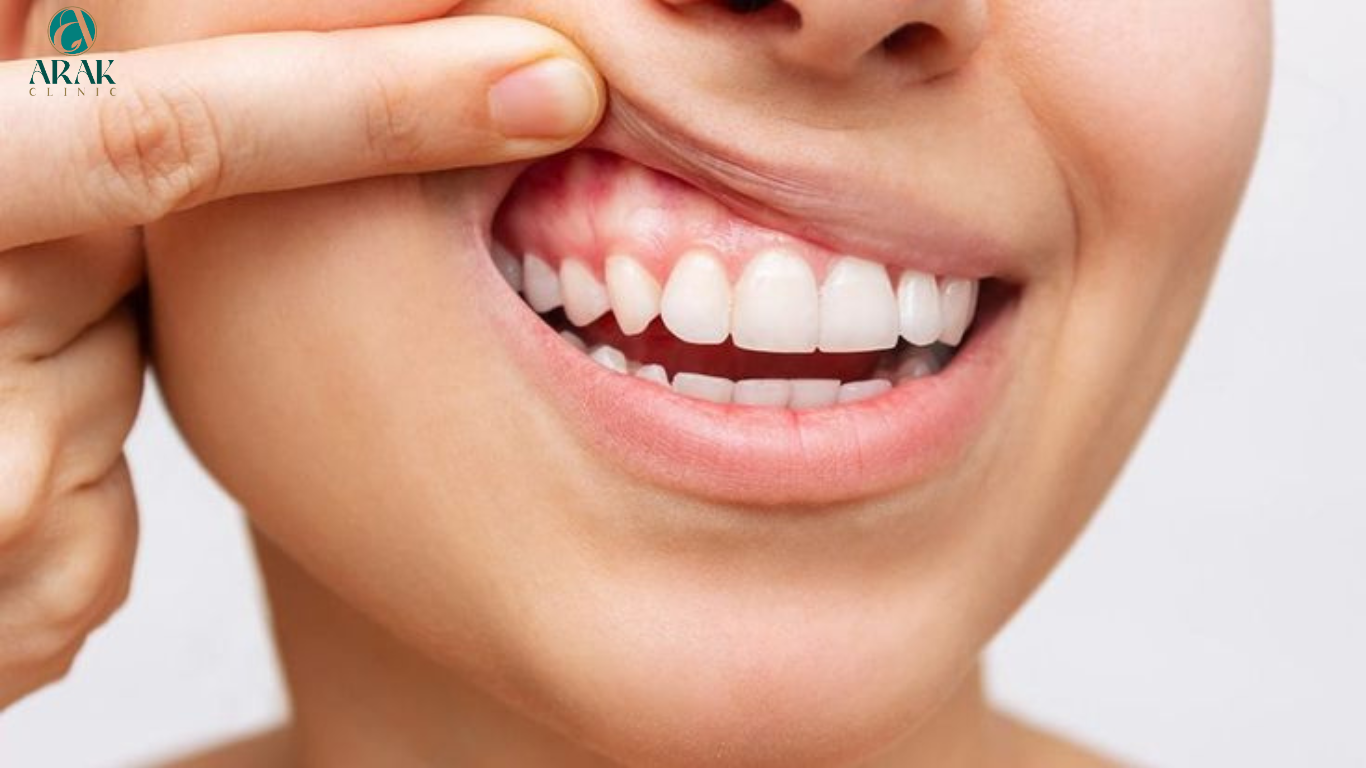Introduction
White gums can be a concerning sign of various underlying health issues. This condition is characterized by a change in the color of the gums from their normal pink to a paler or white hue. Understanding the symptoms, causes, and treatment options is crucial for addressing potential underlying issues.
Symptoms of White Gums
Color Change: The primary symptom is a noticeable change in the color of the gums, turning white or pale.
Pain or Discomfort: Some individuals may experience pain or discomfort in the affected area.
Swelling: Swelling of the gums may accompany the color change.
Bleeding: In some cases, white gums may be associated with bleeding during brushing or flossing.
Causes of White Gums
Gingivitis: The most common cause is gingivitis, an early stage of gum disease. Poor oral hygiene can lead to the buildup of plaque, causing inflammation and a change in gum color.
Leucoplakia: White patches or lesions on the gums may be due to leucoplakia, a condition often associated with tobacco use.
Oral Thrush: Fungal infections, such as oral thrush, can cause white patches on the gums and other oral surfaces.
Lichen Planus: An inflammatory condition, lichen planus can affect the oral mucosa, leading to white, lacy patches on the gums.
Nutritional Deficiencies: Deficiencies in essential nutrients like vitamin C or iron can result in pale or white gums.
Treatment Options
Improving Oral Hygiene: Brushing and flossing regularly can help treat and prevent gingivitis. Professional dental cleanings may also be recommended.
Antifungal Medications: For fungal infections like oral thrush, antifungal medications may be prescribed.
Quit Smoking: If leucoplakia is the cause, quitting smoking is essential. This may also involve counseling or support groups.
Addressing Nutritional Deficiencies: A balanced diet and supplements can help correct nutritional deficiencies.
Topical Steroids: In the case of lichen planus, topical steroids may be prescribed to reduce inflammation.
When to Seek Medical Attention
If white gums persist, seeking prompt medical or dental attention is crucial. This is especially true if accompanied by other concerning symptoms, such as persistent pain, bleeding, or systemic signs of infection.
Conclusion
White gums can indicate various underlying conditions, ranging from minor issues to more serious health concerns. Early detection and appropriate treatment are vital for maintaining oral health and addressing any potential systemic problems. If you notice changes in the color of your gums, consult with a healthcare professional or dentist for a thorough evaluation and personalized treatment plan
Arak Clinic is your heaven for health, healing & personalized care.





